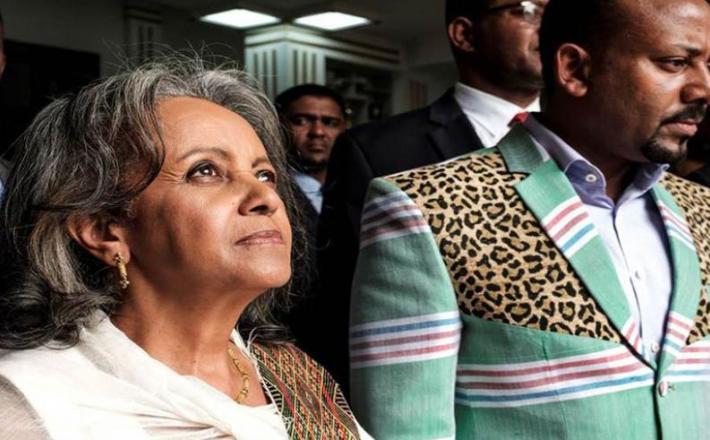The feminisation of African politics
Source: The New Times
BAMAKO/TORONTO – Last month, Ethiopian Prime Minister Abiy Ahmed appointed a new cabinet; ten of the 20 positions went to women. One week later, the country’s parliament unanimously elected Sahle-Work Zewde to become Ethiopia’s first female president, and a week after that, lawmakers appointed Meaza Ashenafi to serve as the first female Supreme Court president.
Ethiopia is not alone. Rwandan President Paul Kagame installed a new gender-balanced cabinet last month. Rwanda already had the world’s highest percentage of women in a national parliament; now, the country will have even more female leaders.
While Ethiopia and Rwanda are at the forefront of Africa’s push for gender parity in politics, other African countries are not far behind. Six of the world’s 20 top countries in terms of the share of legislative seats held by women are in Sub-Saharan Africa, and in two African countries toward the bottom of the global list – Nigeria and Mali – politicians are currently discussing ways to increase female representation.
This shift is as inspiring as it is historic. By appointing so many young, energetic female leaders – like Paula Ingabire, Rwanda’s minister of information and communications technology and innovation, Kamissa Camara, Mali’s foreign affairs minister, or Bogolo Kenewendo, Botswana’s trade minister – African countries are demonstrating that young women can aspire to, and achieve, impactful goals.
Click here to read the full article published by The New Times on 30 November 2018.

BAMAKO/TORONTO – Last month, Ethiopian Prime Minister Abiy Ahmed appointed a new cabinet; ten of the 20 positions went to women. One week later, the country’s parliament unanimously elected Sahle-Work Zewde to become Ethiopia’s first female president, and a week after that, lawmakers appointed Meaza Ashenafi to serve as the first female Supreme Court president.
Ethiopia is not alone. Rwandan President Paul Kagame installed a new gender-balanced cabinet last month. Rwanda already had the world’s highest percentage of women in a national parliament; now, the country will have even more female leaders.
While Ethiopia and Rwanda are at the forefront of Africa’s push for gender parity in politics, other African countries are not far behind. Six of the world’s 20 top countries in terms of the share of legislative seats held by women are in Sub-Saharan Africa, and in two African countries toward the bottom of the global list – Nigeria and Mali – politicians are currently discussing ways to increase female representation.
This shift is as inspiring as it is historic. By appointing so many young, energetic female leaders – like Paula Ingabire, Rwanda’s minister of information and communications technology and innovation, Kamissa Camara, Mali’s foreign affairs minister, or Bogolo Kenewendo, Botswana’s trade minister – African countries are demonstrating that young women can aspire to, and achieve, impactful goals.
Click here to read the full article published by The New Times on 30 November 2018.